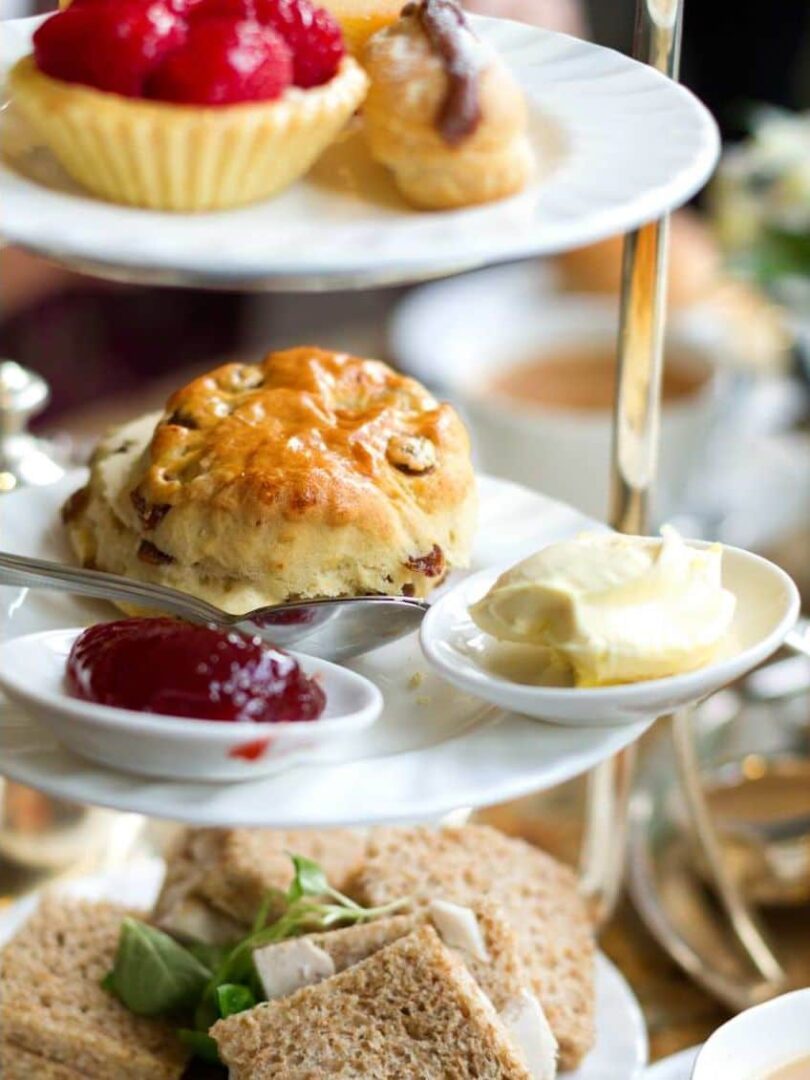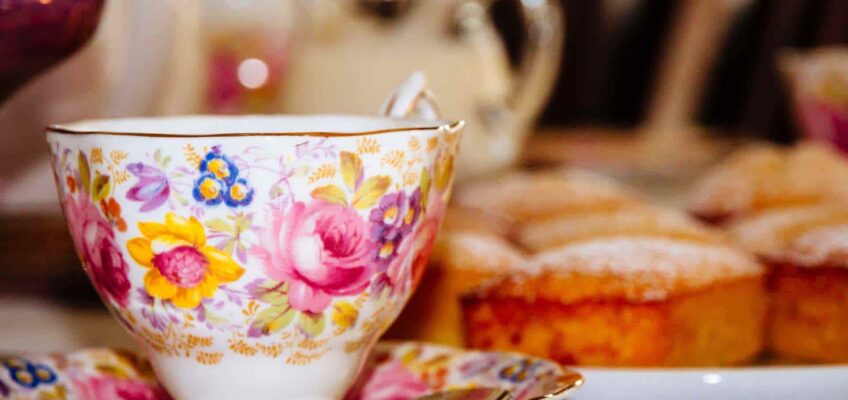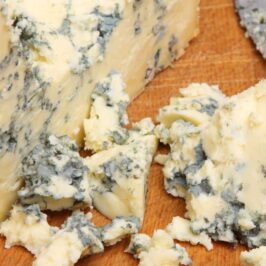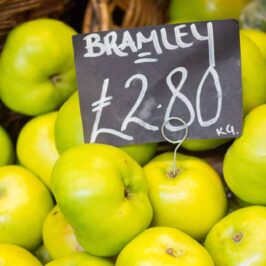More Than Just a Cuppa
When one thinks of British traditions, afternoon tea often comes to mind. This delightful custom, steeped in history and etiquette, is far more than just a hot beverage. It’s a social event, a mini-meal, and a cherished ritual that has endured for nearly two centuries.
A Duchess’s hunger pains
The story of afternoon tea begins in the 1840s with Anna, the 7th Duchess of Bedford.
Long before oat milk lattes and takeaway cups came crowding in, one woman dared to declare that the mid-afternoon slump required salvation. Anna, Duchess of Bedford, experienced what she called a ‘sinking feeling’ between lunch and dinner. Most of us scroll our way through that feeling. She set a table instead.
She requested tea, bread and butter, and cake in her rooms. This simple solution to hunger pangs soon became a habit, and eventually, a societal trend.
From royal circles to common practice
What started as a private indulgence quickly spread through aristocratic circles. By the 1880s, afternoon tea had become a popular occasion. Often held in drawing rooms adorned with fine china and silverware. Guests would don elegant gowns and hats, making the event as much about fashion as it was about food.
The Duchess of Bedford’s gatherings laid the groundwork for what would become a widespread custom, celebrated not only in private homes but also in grand hotels and tea rooms across England and beyond.

The components, a tiered affair
Afternoon tea is one of the few meals that arrives as architecture. It is eaten from the bottom up, like a tasteful tower. Start with the savoury. Cucumber sandwiches so thin they could be mistaken for rumours; smoked salmon folded like silk; egg and cress in their gentle, crumb-free perfection. Then ascend to scones, split not sliced, buttered with cream and crowned with jam – unless you’re in Cornwall, where jam reigns first and cream plays encore. Finally, the sweet crescendo: patisserie so delicate you hesitate before biting
Traditional afternoon tea is served on a three-tiered stand:
- Bottom tier: Savouries, including delicate finger sandwiches
- Middle tier: Scones with clotted cream and jam
- Top tier: Sweet pastries and cakes
The centrepiece, of course, is the tea itself, typically a black tea like Earl Grey or Darjeeling.
Tea as etiquette, not ingredient
Afternoon tea comes with its own set of etiquette rules. Tea itself (usually Earl Grey, Assam or Darjeeling) is only half the story.
The other half? Behaviour. You do not clink spoon on porcelain. You do not whirl your stir into a storm. You move quietly from twelve to six, as though adjusting time itself. You never leave your spoon in the cup, no utensil should drown for your carelessness. You do not slurp, you sip. Afternoon tea is one of the few meals where restraint is more satisfying than indulgence.
- Stirring the tea without clinking the sides of the cup
- Never leaving the spoon in the cup
- Sipping, not slurping
- Taking small bites of food
Afternoon tea vs. High tea vs. Cream tea
While often confused with afternoon tea, high tea is actually a heartier, evening meal. Cream tea, on the other hand, is a simpler version focusing on scones, clotted cream, and jam alongside the tea.
From hotels to homes
Once reserved for drawing rooms and duchesses, afternoon tea now lives many lives. Luxury hotels host it under chandeliers. Boutique cafes offer it with floral china and mismatched chairs. Some serve it with Champagne – a playful rebellion against its own sobriety. And thousands recreate it at home with supermarket scones and whatever teapot survived the last house move.
The magic is not in the price – it is in the pause
Host your own without needing a silver tray
You don’t need gilt saucers, collectible antique tea cups or embroidered napkins. You need intention. Pick one tea, Assam for depth, Earl Grey for fragrance, Darjeeling, if you wish to sound like you know what you’re doing. Offer milk in a jug, never directly from the carton. Provide at least one savoury, one scone, one sweet. Use plates, not paper.
Call it afternoon tea even if you serve it at half past one. Nobody will object. The phrase grants grace to any hour it touches.
A celebration of flavour and friendship
Whether enjoyed in a grand hotel or at home with friends, afternoon tea remains a beloved tradition. It offers a moment of respite, a chance for conversation, and a delightful array of treats. In our fast-paced world, the enduring appeal of afternoon tea reminds us of the joy of slowing down and savouring life’s simple pleasures, one sip at a time.
Because unlike coffee-to-go, it requires staying. You cannot rush a tiered stand. You cannot down a scone in three steps.
A cup, a pause, a ceremony
It invites you to relax, taste the exquisite flavours, and engage in meaningful conversation.
It is self-care without slogans. Socialising without shouting. Eating without urgency. Whether enjoyed beneath chandeliers or beside the kettle, it remains Britains gentlest rebellion against speed.
So the next time your afternoon begins to ‘sink’, do as the Duchess did. Do not scroll. Do not snack. Do not settle. Set the table. Pour the tea. And allow simplicity to be spectacular, and savour the sweetness of life, one sip at a time.
National tea day in April
Every year on April 21st, Britain celebrates National Tea Day. A calendar event brewed for joy. It is not fireworks or marches. It is mugs raised. The nation may disagree on almost everything else, but when the kettle boils, we call truce







